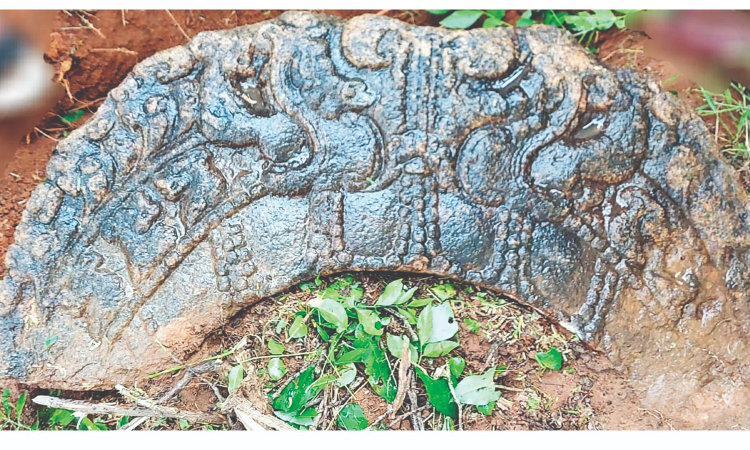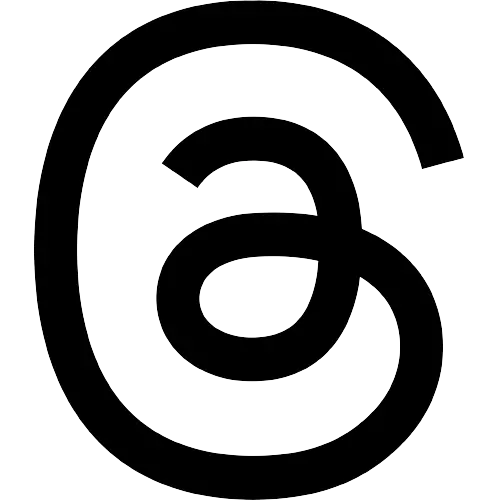Remains of Chola-era Kattrali Kovil unearthed in Pudukkottai
According to A Manikandan, the Forum founder and researcher of ancient science at Thanjavur Tamil University, based on the information provided by Shankar and Selvanathan from Manthangudi, a series of field surveys were conducted in the Manthangudi area.

Remains of Chola-era Kattrali Kovil unearthed in Pudukkottai
CHENNAI: Pudukkottai Archaeological Research Forum on Tuesday discovered sculptures, architectural remains of Kattrali Kovil and its inscriptions built under the third year of the reign of Parantaka Chola I in the boundaries of Perungalur temple and Manthangudi village in Pudukkottai district.
According to A Manikandan, the Forum founder and researcher of ancient science at Thanjavur Tamil University, based on the information provided by Shankar and Selvanathan from Manthangudi, a series of field surveys were conducted in the Manthangudi area.
During the excavation, as many as 24 inscriptions concerning the construction at the Mangala Nayaki Temple in Perungalur were read, and it was confirmed that the Perungalur Amman temple was built using the granite stones of the period of Parantaka Chola I.
Further, the comparison of the Manthangudi and Perungalur inscriptions confirmed that they are of the same period and were inscribed in the third year of the reign of Parantaka Chola I.
“It can be seen from the fragmentary inscription built on the western wall of the Perungalur Amman shrine that it was erected by Sempiyan Indavathi Arayan in the early part of the third year of the reign of Parantaka Chola I, before he received the title 'Madurai Konda Kopparesari,’” Manikandan said.
Similarly, the sculptures belonging to the early Chola style of art in the Prosodies Juliflora forest area of Manthangudi, and the sculpture of Ariveeswarar were unique, he said. The Lord, with a jota crown and the seal of wisdom, is depicted sitting on the Rajaleelasana, in a meditative state, he added.
The inscriptions found in the spot revealed the medieval names like Sembiyan Indavathi Arayan, Vampan, Sathan Velan, Sathanur Irani Veeran, Sendhan, Thandangari, Veerappan, which are the original names of the people who lived during the Paranthagar rule, added Manikandan.



